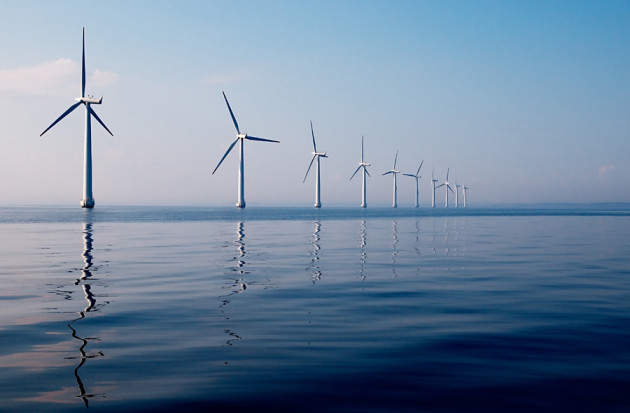BAKU, Azerbaijan, Dec.20
By Leman Zeynalova – Trend:
UK-based Subsea7 and Italian Saipem will benefit from increasing offshore wind capacity in 2020, Trend reports with reference to Rystad Energy, the independent energy research and consulting firm headquartered in Norway.
Rystad Energy believes that one of the complicating factors is the massive push by certain offshore energy companies to move ahead with offshore wind projects.
Rystad Energy observes that 25 gigawatts (GW) of offshore wind capacity is now operational, and this is poised to double to more than 50 GW by 2022. “This implies a massive increase in demand for installation of offshore wind power cables, climbing from 1800 km in 2019 to an unprecedented 4300 km in 2022 – thereby surpassing the amount of subsea cable installation work from the oil and gas industry.”
“Major SURF players like Subsea7 and Saipem are in a great position to capitalize on this trend, having managed already to diversify from being pure oil and gas players to become substantial drivers within the energy transition. This segment will increasingly occupy vessel capacity from the installation fleet, likely causing a significant jump in service prices and exacerbating the contractual challenges faced by operators.”
The company believes that offshore gas and LNG projects will also add to the rising demand for services, as we forecast that these projects will require the installation of about 1000 km per year of export pipelines linking offshore fields to onshore facilities over the next few years.
Rystad Energy expects that about 250 new oil and gas projects are likely to be sanctioned for development in 2020, up from 160 in 2016, and bottlenecks among suppliers appear inevitable
According to Rystad Energy’s latest market report on the global service market, floating production contractors, subsea installation players and fabricators of liquefied natural gas facilities will all likely struggle to keep up with the surge in demand for their services, thus causing projects schedules to slip. Exploration and production companies will thus find themselves in a fierce competition to secure capacity.
Contractors, having secured 13 new orders for floating production, storage and offloading vessels (FPSOs) in 2019, have thus raised the total number of units currently under construction or on order to 28. This means FPSO players will not be able to handle all 12 of the additional units that operators aim to move forward with in 2020. Likewise in the installation market for subsea umbilicals, risers and flowlines (SURF), orderbooks are swelling and players are racing to keep pace given the vast number of Christmas trees – nearly 600 in all – that were ordered in 2018 and 2019. Furthermore, marine contractors are already scheduled to install about 4000 kilometers of subsea oil and gas flowlines and umbilicals in 2020.
---
Follow the author on Twitter: @Lyaman_Zeyn






